PinePhone OSes: Ubuntu Touch
Ubuntu Touch is one of the most popular Operating Systems for the PinePhone, so lets take an indepth look at it.
History
In Late 2011, Mark Shuttleworth from Canonical announced that by the release of Ubuntu 14.04, Ubuntu will support tablets, phones, and other "smart screens". Later in January of 2013, Canonical announced Ubuntu Touch, and showed a demo of Ubuntu Touch at CES 2013.
In February 2013, we got a developer preview of Ubuntu Touch for the Samsung Galaxy Nexus, the Nexus 4, the Nexus 7 and the Nexus 10.
Over the next few years, Ubuntu Touch gained support for more and more devices until in April 2017, Canonical announced that they were abandoning Ubuntu Touch. Luckily the UBports community picked up the project and kept the development of Ubuntu Touch rolling.
Installation
Installing Ubuntu Touch is very easy, download the img, plug in the microSD card, and flash it using something like Etcher.

If you want to flash it to the EMMC, download the Jumpdrive img, flash that to the SD card, insert the SD card into your PinePhone, plug in your PinePhone to your computer and boot your PinePhone, and that should give your computer access to both the SD card and the EMMC. Than you can flash Ubuntu Touch to the EMMC using Etcher.
After that, you go through the Ubuntu Touch welcome setup. Just select your language, connect to WIFI, select your timezone, set your device name, passcode, and that's it.

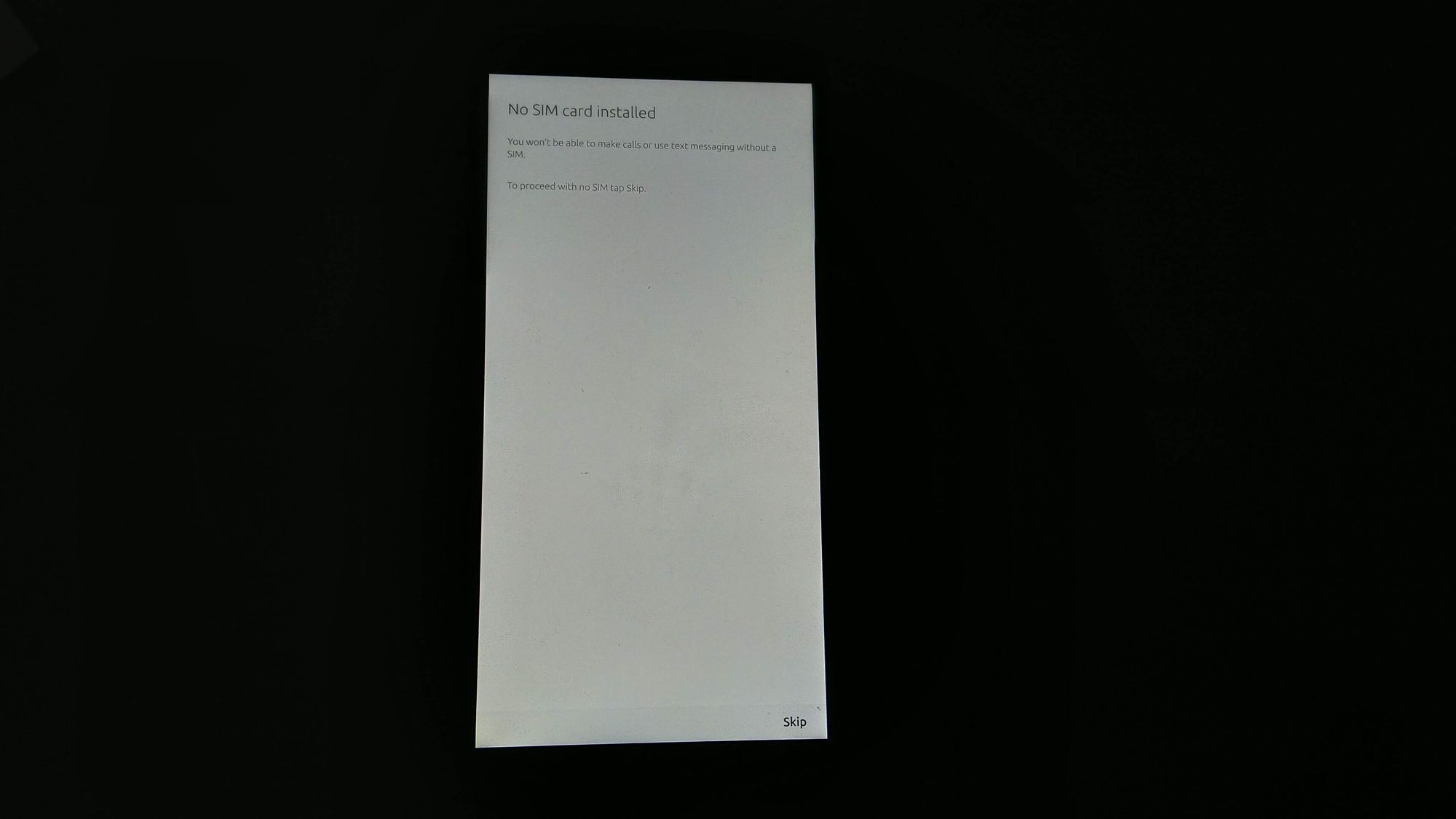

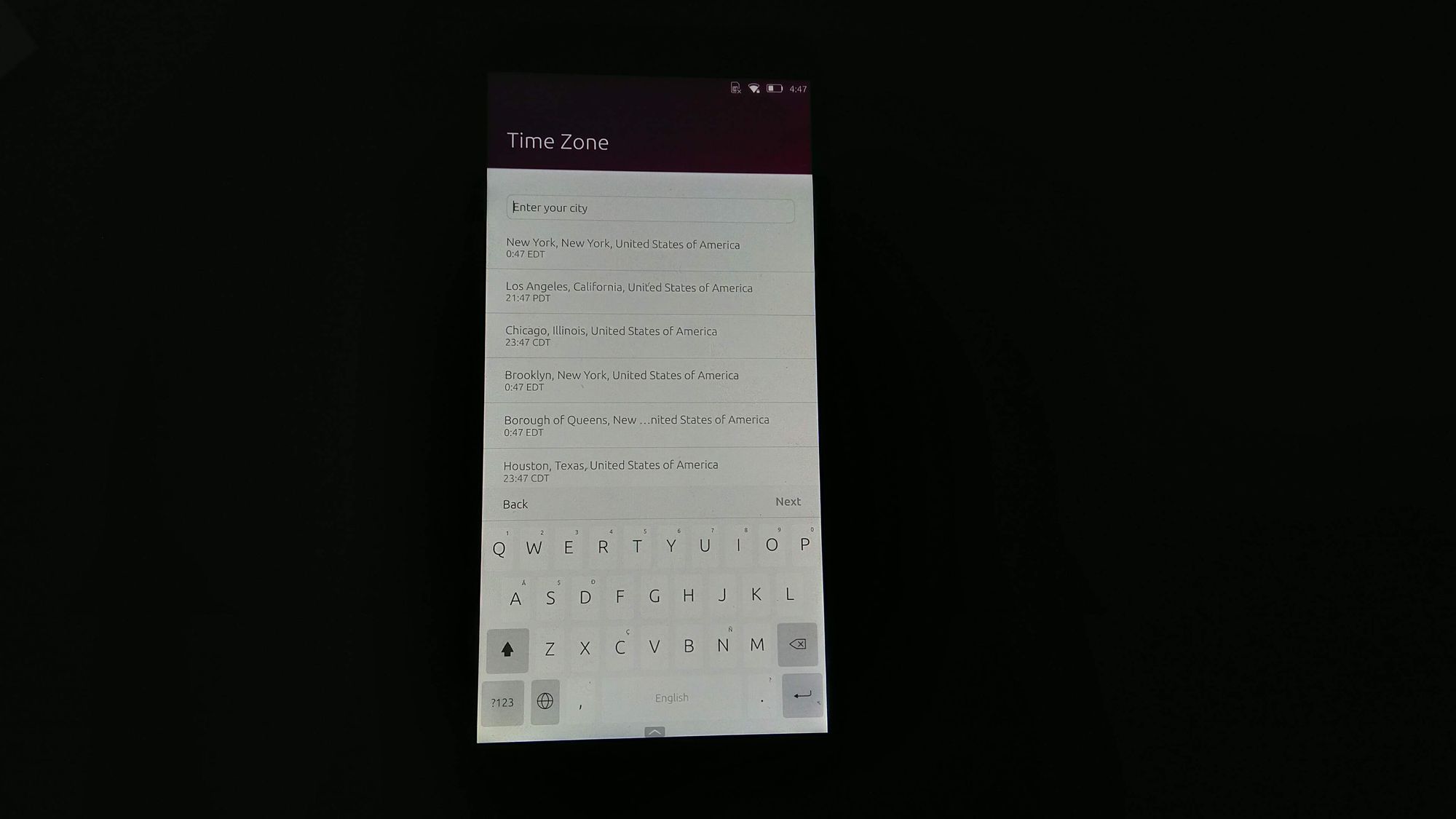
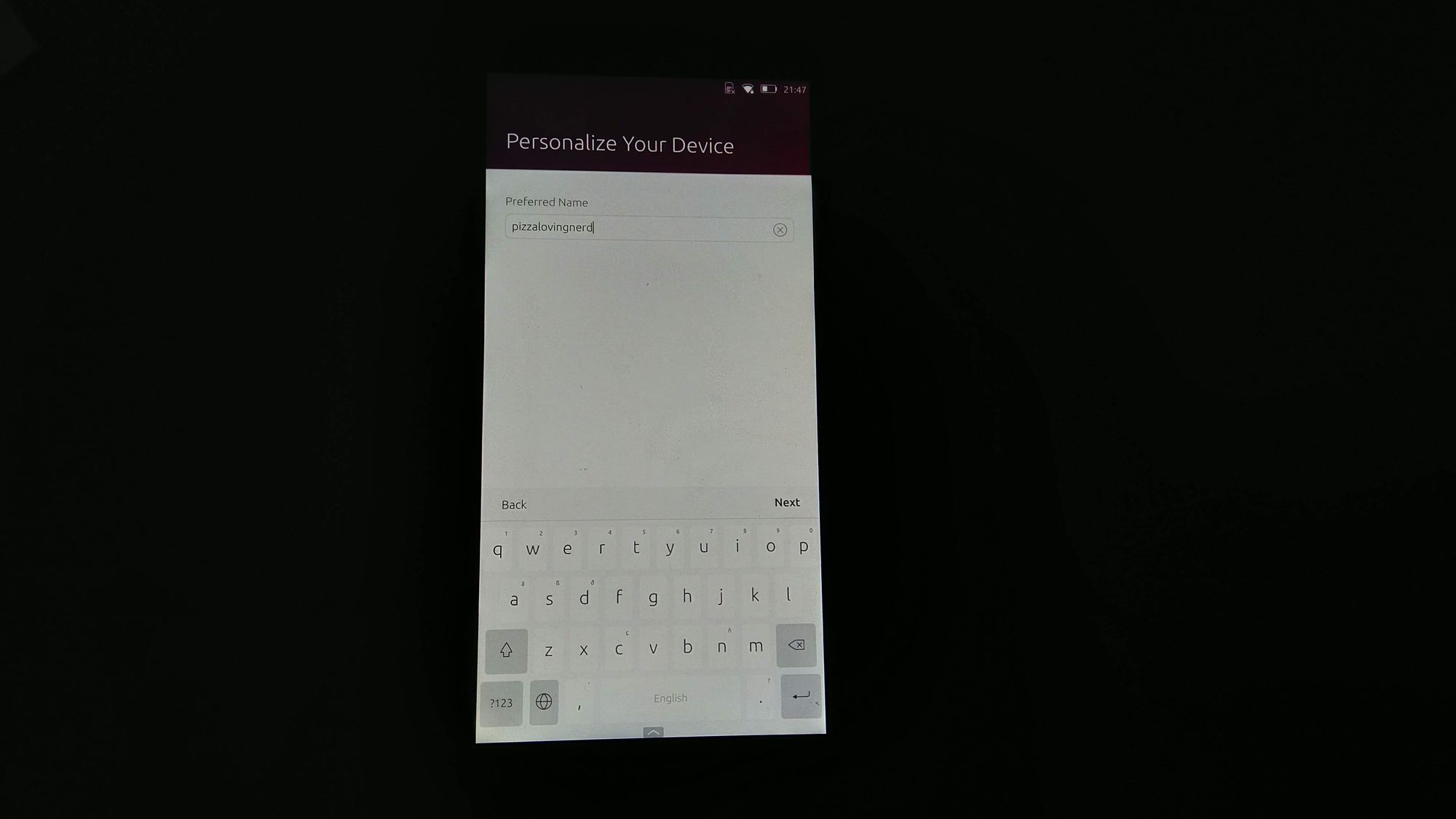
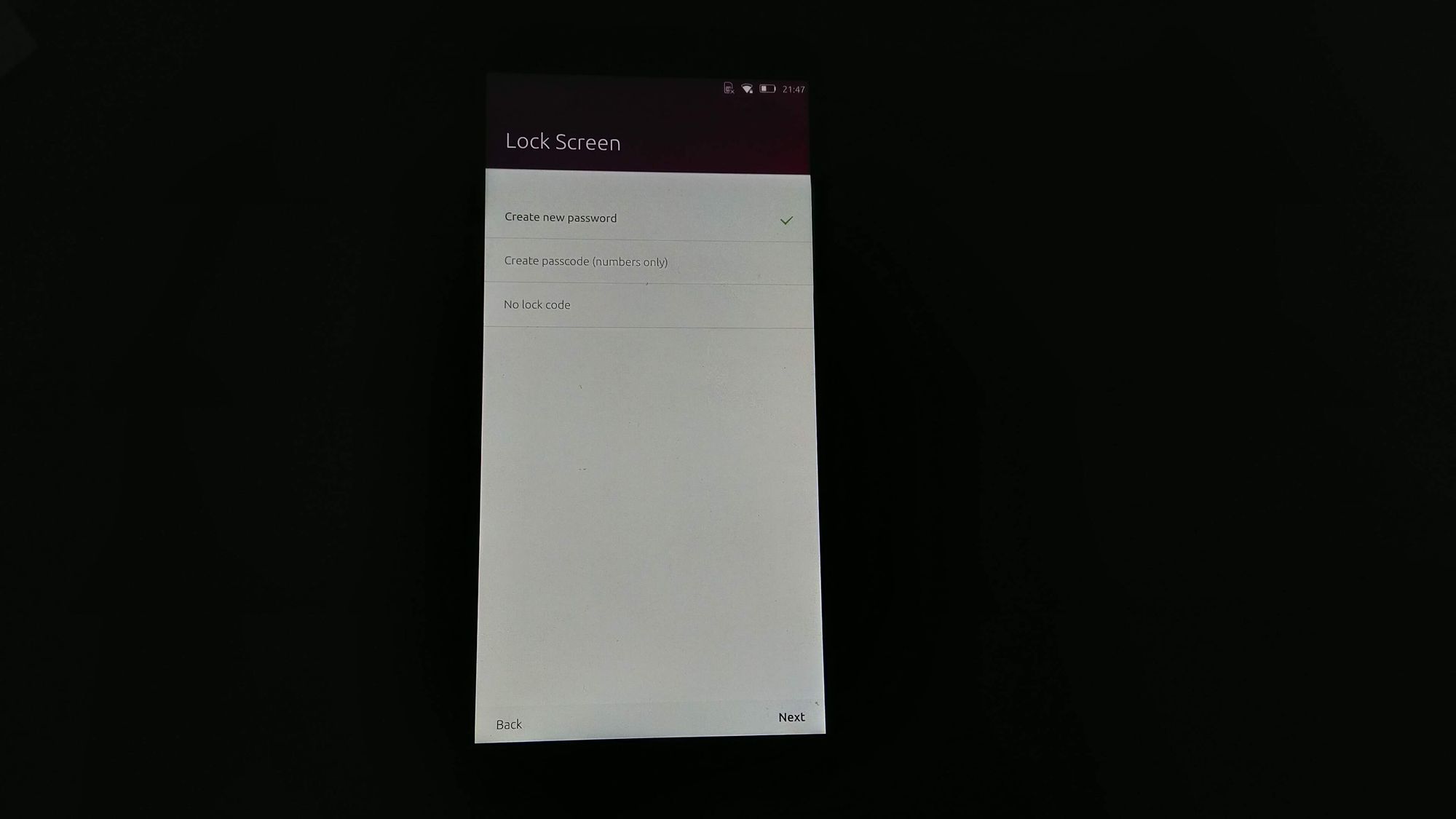
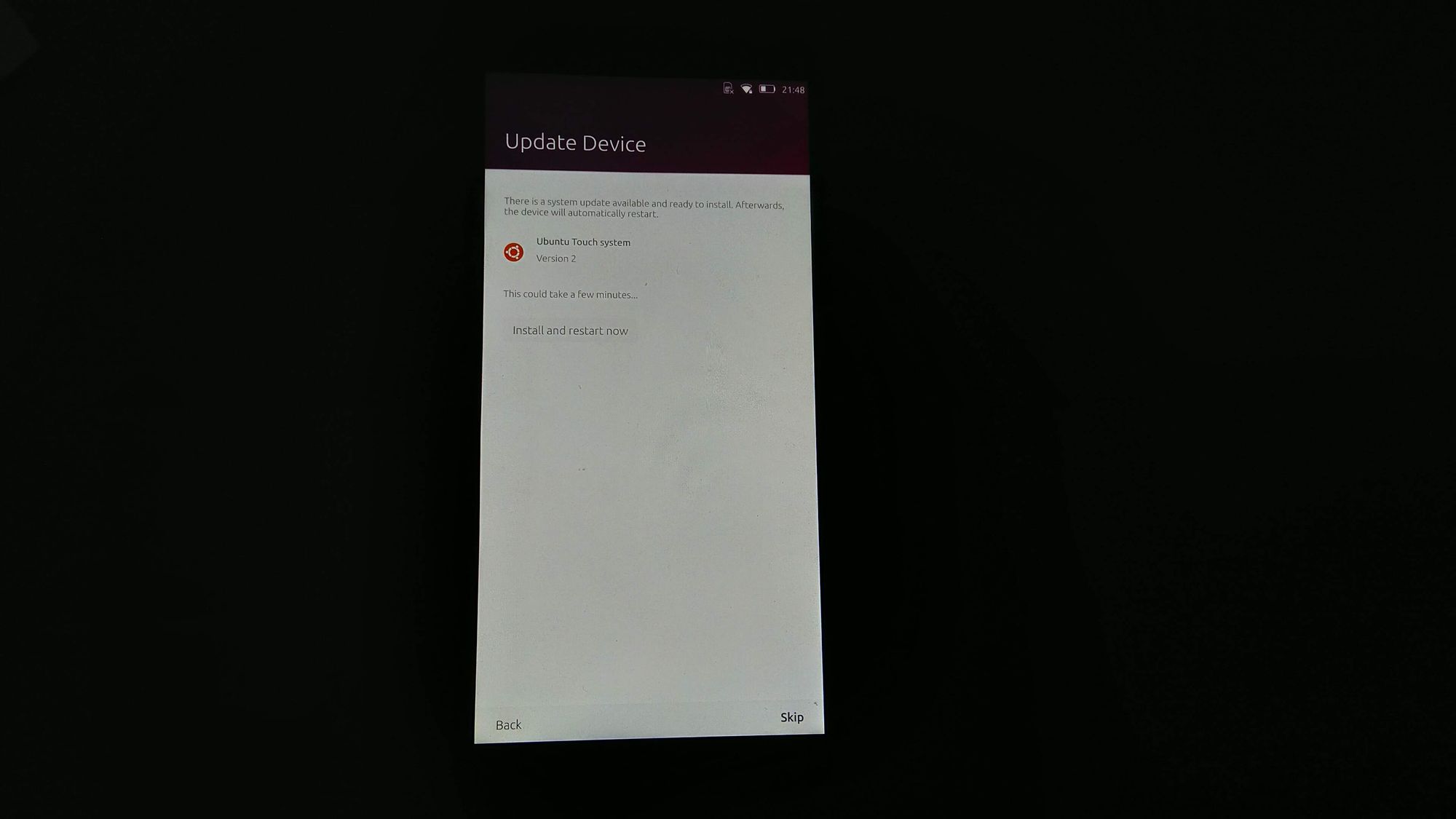
UI
The UI is using a desktop environment called Lomiri which was previously known as Unity 8, but changed its name due to people getting it confused with this. The Unity Game Engine. The UI is very unique and different from other OSes.
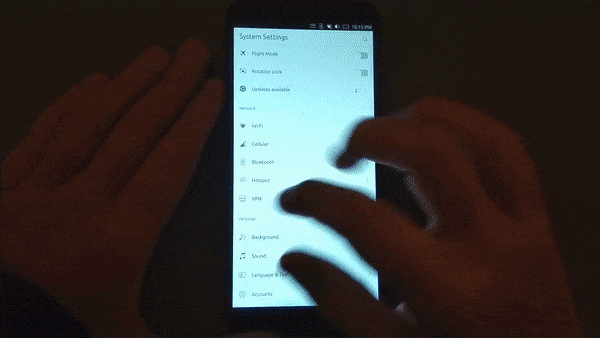
When you first login to the phone, there is no app drawer. Instead, you swipe in from the left in order to show your favorite apps. If the app you want to use isn't there, then hit the icon on the bottom left and it will show the rest of your apps. In order to go to the multitasking view, swipe in from the right, and you got all your recent apps, and you can close them and switch to them similarly to how you can do it in iOS and Android.
If you swipe down from the top left then it will bring you to your notifications. However if you swipe down from an indicator from the right, it will bring you to the page for that indicator. For example if I swipe down from the battery indicator, then it will bring me to the battery page of quick settings panel. You can also select your quick settings by swiping left or right while bring down the panel.
Most of the apps have a pretty consistent UI, probably more consistent than Stock Android's stock apps, but not as consistent in design as Apple's stock apps.
Overall, it is a very good UI once you get used to it, but if you are coming from iOS or Android, it might take a while to get used to.
Apps

The amount of preinstalled apps are almost perfect. There's no preinstalled apps that feel like bloatware except for that dedicated UBports app which is just UBports propaganda. This app should just be the homepage for Morph browser, not a dedicated app.
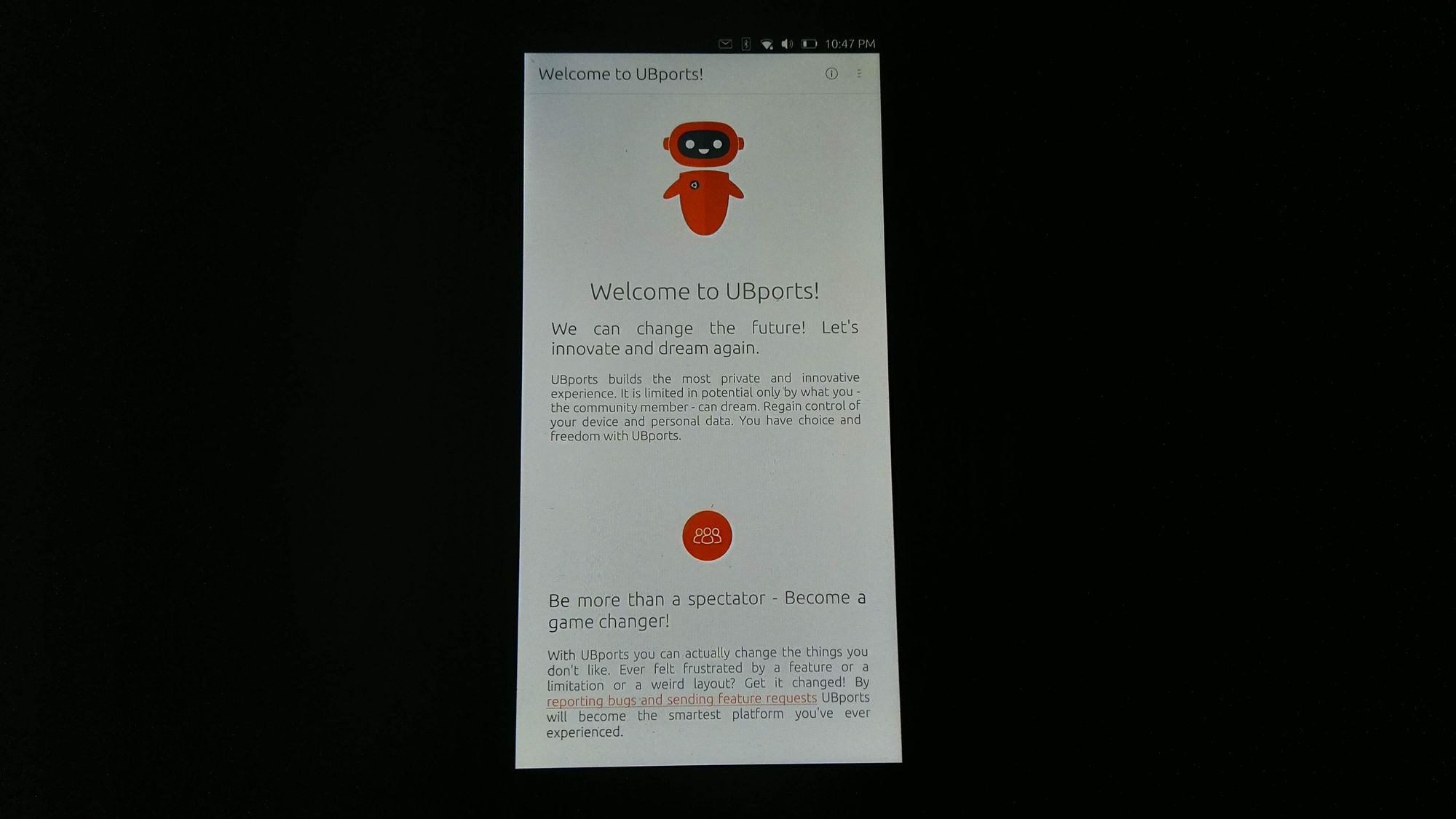
Ubuntu Touch apps take advantage a lot on web technologies. Most apps are written in QML which is a language similar to HTML and JavaScript, and also reminds me a lot of JSON. But, many people are not writing native apps for Ubuntu Touch. The Open Store is filled to the brim with just web apps. For example, if we open the Open Store and search for YouTube, you get 4 different web apps for YouTube and 6 web apps if you include YouTube Music and other YouTube web front-ends.
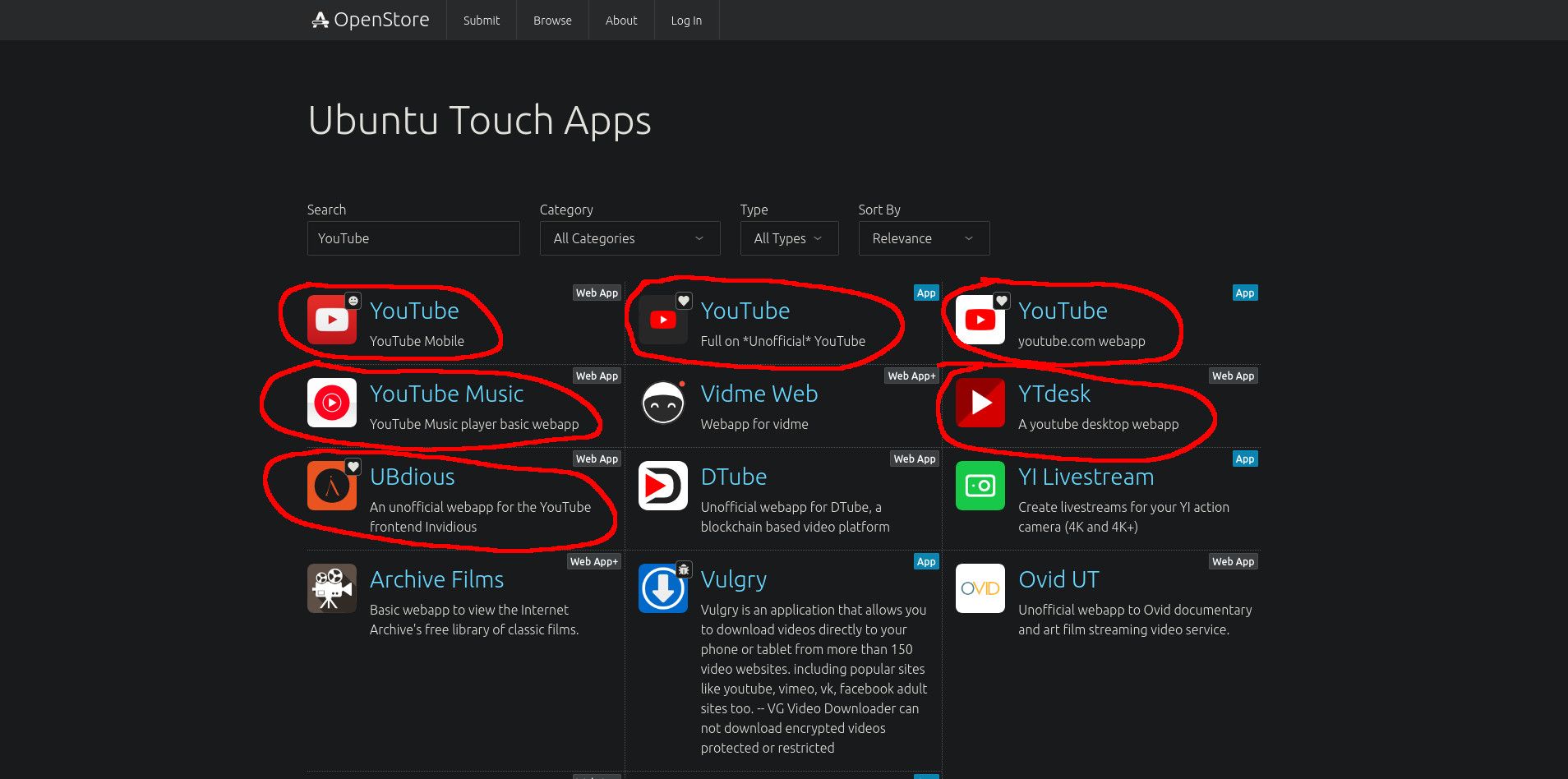
The Open Store has too many web apps. If I wanted a web app for something, I would download Webber off the Open Store and make a web app myself. I'd go as far to say that for every good native app for Ubuntu Touch, there are 3 web apps. So if you plan to try out Ubuntu Touch, get ready to be using a ton of web apps.
Web Browsing
Given that there's so many Web apps in the Open Store, web browsing should be good right? Sort of.
Morph Browser is a very fast and response browser. I think browsing with Morph browser is actually a lot faster than my Nokia 6.1 Android phone despite the PinePhone having inferior specs to that phone.
But Morph Browser's UI is pretty meh. For example the tab switcher is a weird tab thing on the bottom of app. And it can block some text on the bottom of the screen like the trending tab on the YouTube mobile website. And if you rotate the phone horizontally to browse, then the tabs on the top are microscopic.
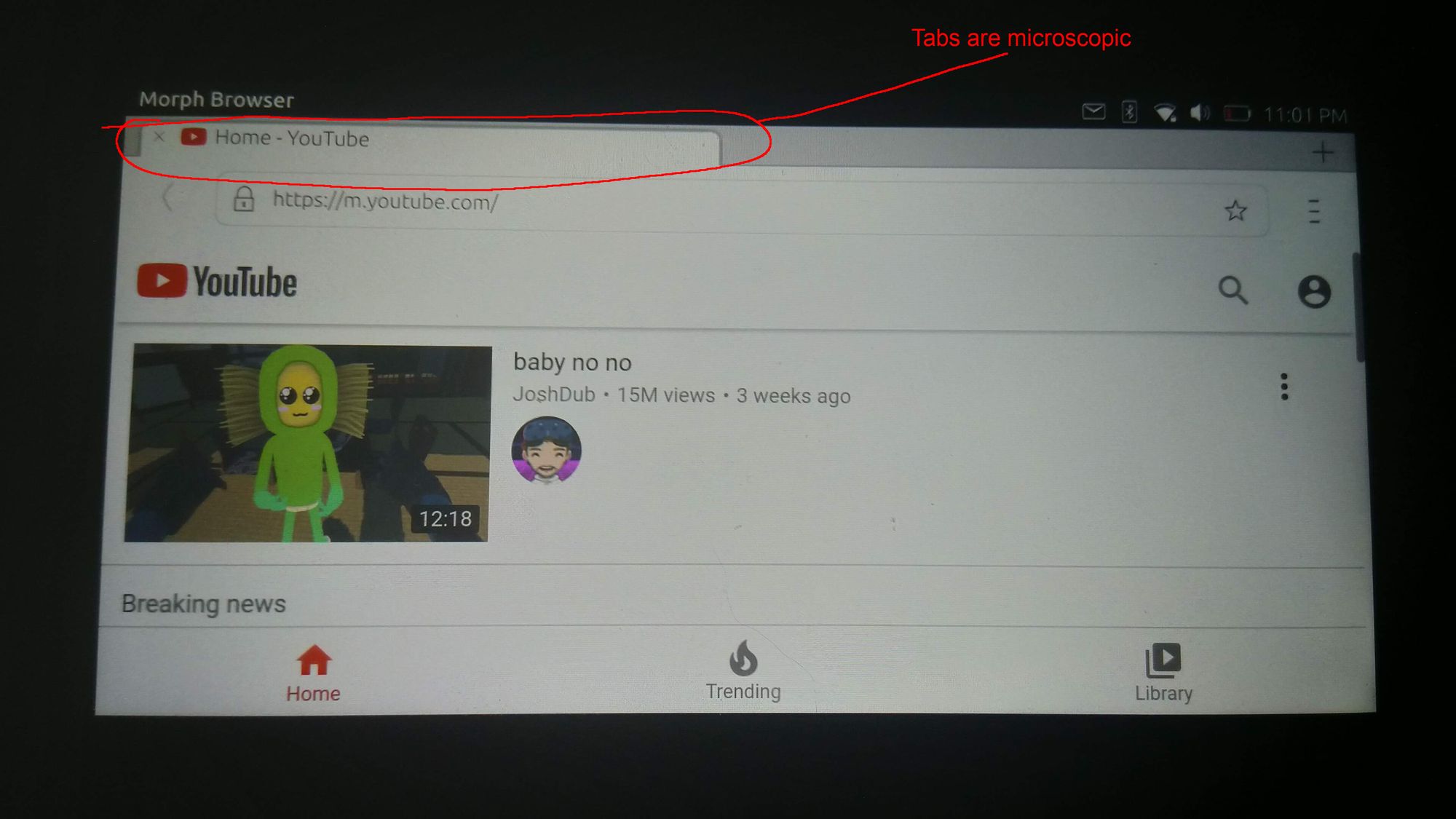
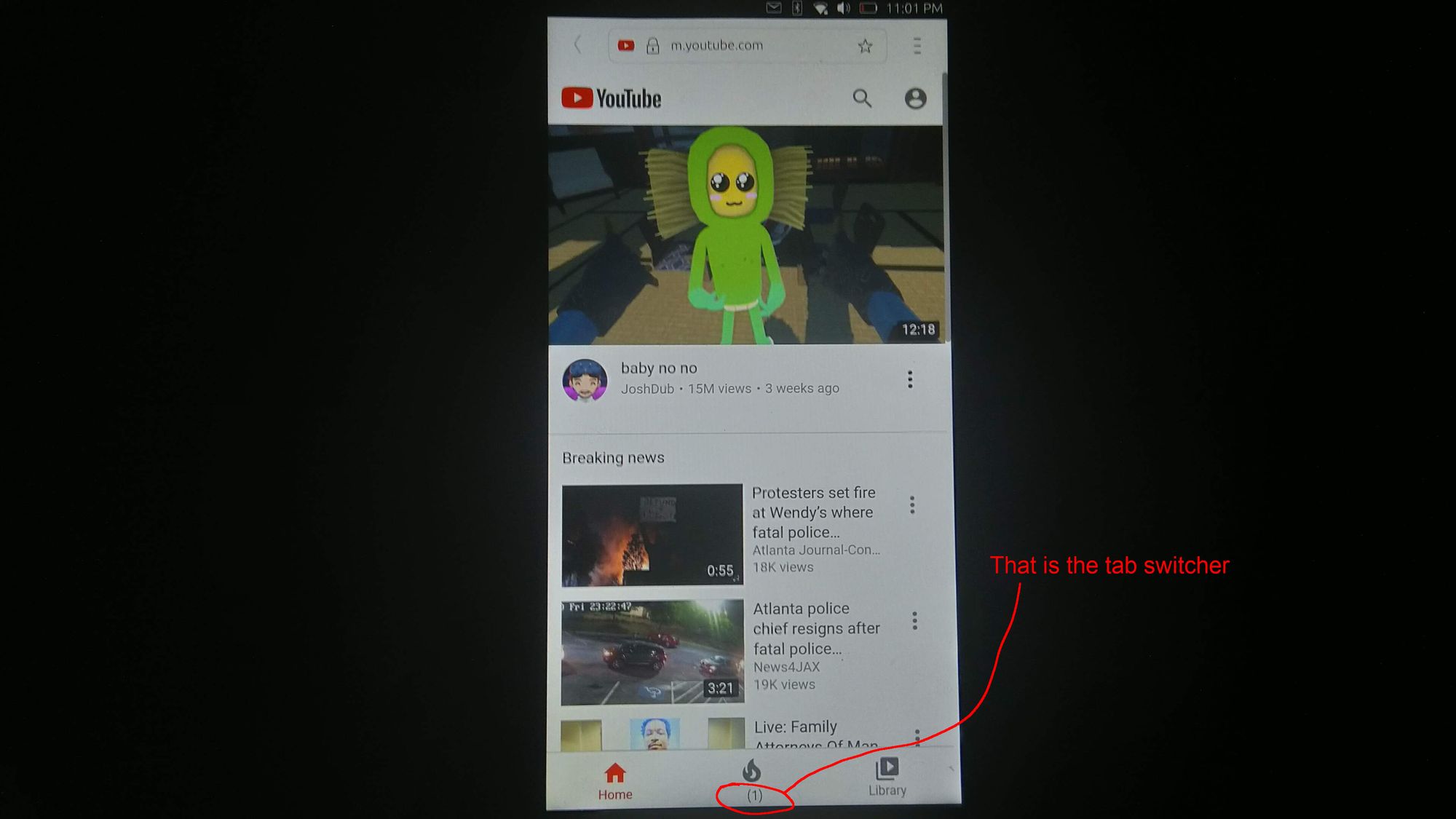
So Morph Browser is a great mobile browser with a great browser with a mediocre UI.
Community
Ubuntu Touch has a very active community that you can turn to if you need help with something, or if you just want to talk.
UBports have a very active forum where you can talk about Ubuntu Touch, ask questions, get support, and help with development.
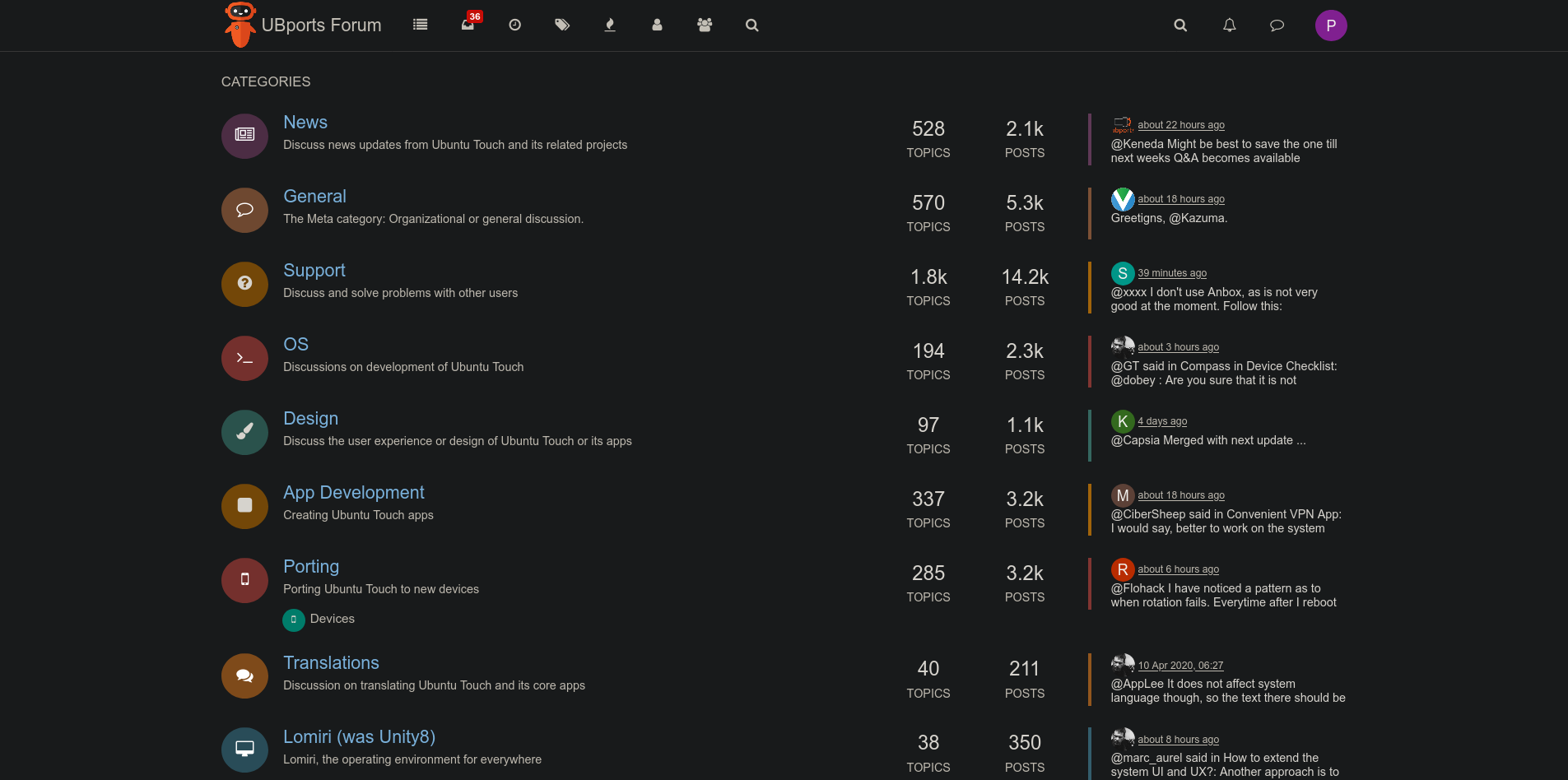
UBports also has a very active Telegram, and Matrix groups where you can get help with your UBports device and Pine64's forum also has a section for UBports to talk about PinePhone. You can also watch a bi-weekly live Q&A on the Ubuntu Touch YouTube channel.
Conclusion
Overall, I think Ubuntu Touch right now is probably the most complete OS for the PinePhone in terms of features, but, like all the other PinePhone OSes, it still needs some work done to make it fully usable for even your mom.
Thank you for reading, if you like my work, please become a patron, or donate another way, and join the PizzaLovingNerd community on the chat protocol of your choice.